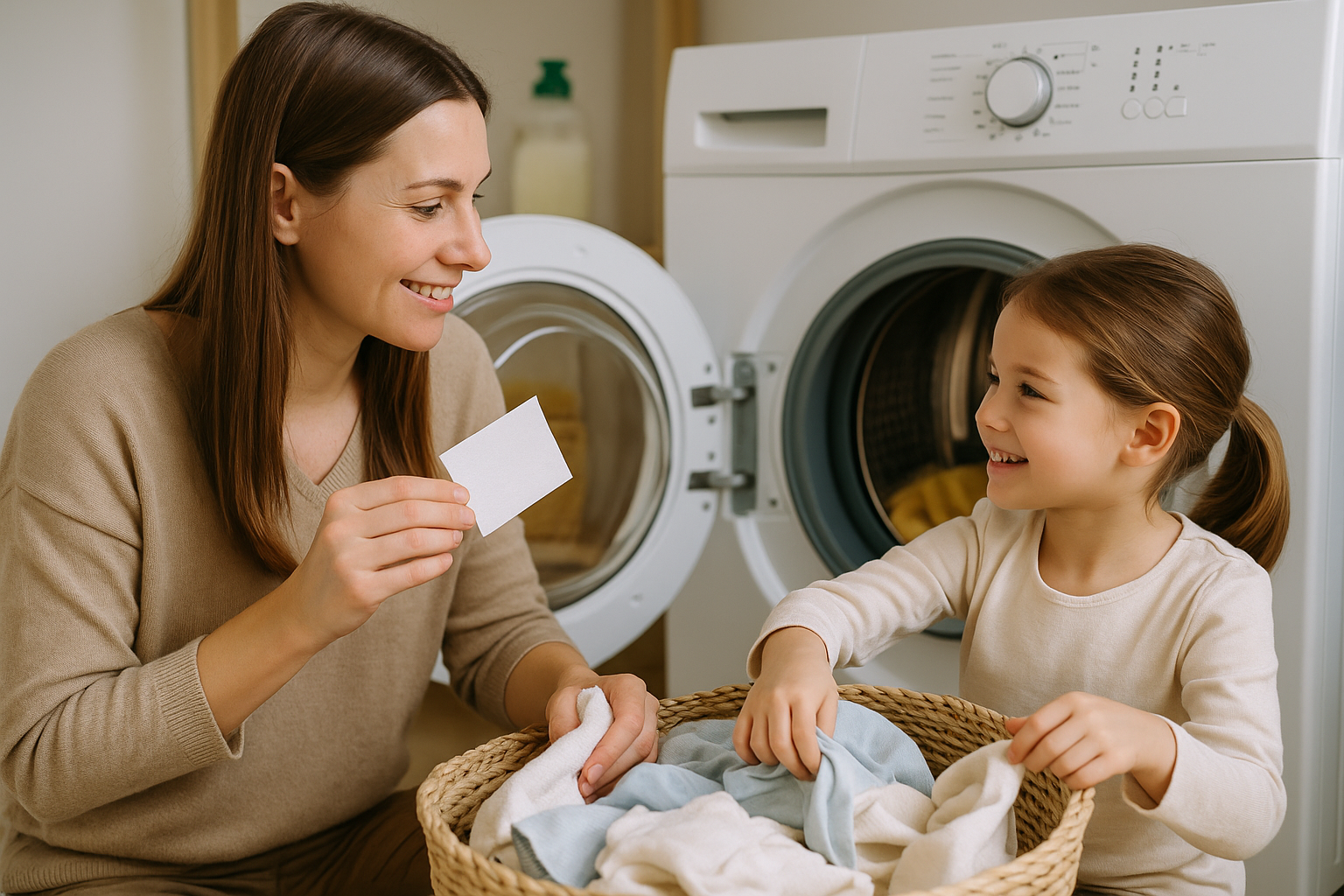Fragrance in Cleaning Products: Natural vs. Synthetic
Walk down the cleaning aisle of any store, and you’ll be hit with a wave of scents—lavender, citrus, pine, ocean breeze, and even “fresh laundry.” But have you ever wondered where those fragrances come from, or if they’re actually safe to breathe in?
Fragrance plays a major role in how we perceive cleaning products. A pleasant smell gives us the impression of cleanliness and freshness—even if it doesn’t necessarily mean something is cleaner. But not all fragrances are created equal. In fact, there’s an ongoing debate in the world of home care: natural fragrances vs. synthetic fragrances.
In this blog, we’ll break down what these two types of fragrances are, how they differ, and which one might be better for you and the planet.
What Are Fragrances in Cleaning Products?
Fragrances are added to cleaning products to mask chemical odors and to create a more pleasant user experience. They don’t clean or disinfect, but they strongly influence whether consumers will repurchase a product.
These scents come from either:
-
Natural sources: like essential oils or plant extracts
-
Synthetic (artificial) sources: man-made chemicals created in a lab
Let’s explore both types in detail.
Natural Fragrances: What They Are
Natural fragrances are derived directly from plant materials such as:
-
Citrus peels (e.g. lemon, orange)
-
Herbs (e.g. rosemary, mint)
-
Flowers (e.g. lavender, rose)
-
Trees and resins (e.g. cedarwood, frankincense)
These ingredients are often extracted as essential oils, either through steam distillation, cold pressing, or solvent extraction.
✅ Pros of Natural Fragrances
-
Plant-based: derived from real botanical sources
-
Biodegradable: more eco-friendly in many cases
-
Perceived as safer: often preferred by people with chemical sensitivities
-
Aromatherapeutic benefits: certain essential oils may promote relaxation or energy
❌ Cons of Natural Fragrances
-
Shorter shelf life: essential oils can degrade over time
-
Potential allergens: natural doesn’t mean non-irritating—some oils (like citrus or cinnamon) can trigger allergies or skin reactions
-
Expensive: cost of sourcing and processing is higher
-
Less scent control: harder to standardize intensity or consistency across batches
Synthetic Fragrances: What They Are
Synthetic fragrances are created in laboratories, often using petroleum-based chemicals. These may include ingredients like:
-
Linalool
-
Limonene
-
Phthalates
-
Synthetic musks
Instead of extracting scent from flowers or herbs, scientists recreate those scents (or make entirely new ones) using chemical compounds.
✅ Pros of Synthetic Fragrances
-
More consistent: standardized smell, batch after batch
-
Long-lasting: chemically engineered for a longer scent trail
-
Cost-effective: cheaper to produce at scale
-
Wide scent variety: can replicate natural smells or invent completely new ones
❌ Cons of Synthetic Fragrances
-
May contain irritants: can trigger allergies, headaches, or skin sensitivities in some users
-
Lack of transparency: companies often don’t disclose full fragrance formulas (protected as trade secrets)
-
Environmental concerns: some synthetic chemicals can be non-biodegradable or accumulate in water systems
The Health Angle: Are Fragrances Harmful?
Both natural and synthetic fragrances can cause issues for sensitive individuals. The main concerns include:
-
Respiratory irritation (especially for asthma sufferers)
-
Skin allergies or contact dermatitis
-
Endocrine disruption (linked more to certain synthetic chemicals like phthalates)
-
Indoor air quality (fragrance-heavy products may contribute to indoor pollution)
In fact, the term “fragrance” on a label can represent dozens, even hundreds of individual ingredients, many of which are not disclosed. This is why fragrance-free or low-fragrance products are often recommended for babies, pets, or people with allergies.
Natural vs. Synthetic: Which Should You Choose?
There’s no one-size-fits-all answer. It depends on your values, sensitivities, and lifestyle.
| Factor | Natural Fragrance | Synthetic Fragrance |
|---|---|---|
| Source | Plants | Lab-chemicals |
| Eco-friendliness | Often biodegradable | Sometimes non-biodegradable |
| Cost | More expensive | Cost-effective |
| Allergen risk | Yes (some essential oils) | Yes (some chemicals) |
| Transparency | Usually clearer | Often undisclosed |
| Longevity | Shorter | Longer-lasting |
Choose natural if you:
-
Have sensitive skin or chemical sensitivities
-
Prefer sustainable, plant-based living
-
Are looking for products with aromatherapeutic benefits
Choose synthetic if you:
-
Want a stronger, longer-lasting scent
-
Prefer affordable cleaning solutions
-
Are not sensitive to fragrance ingredients
Tips for Choosing Safer Fragranced Products
-
Read labels carefully – Look for products that list fragrance sources or use terms like “essential oil-based.”
-
Check for third-party certifications – Certifications like ECOCERT, EWG Verified, or USDA Organic can offer assurance.
-
Avoid phthalates and parabens – These are common in synthetic fragrances and are linked to hormone disruption.
-
Choose “fragrance-free” if in doubt – For ultra-sensitive households, this may be the safest route.
The Clean Trend: Fragrance Transparency
With growing consumer awareness, many brands are now shifting toward fragrance transparency, where full fragrance breakdowns are disclosed on the label or website. Some companies even offer “build your own scent” options with fully natural ingredients.
This movement is part of a larger trend in the cleaning and personal care industry—called the “clean label” trend—where people want fewer ingredients, and more of them to be natural and safe.
Final Thoughts: It’s All About Informed Choice
Whether you go for natural or synthetic fragrances in your cleaning products, the key is knowing what’s inside. A good smell shouldn’t come at the cost of your health—or the planet.
Natural fragrahttp://cleansingsheets.comnces appeal to those seeking simplicity and botanical purity. Synthetic fragrances offer innovation and staying power. In the end, it’s your nose, your home, and your comfort that matter most.
Choose what works best for your household—and always make informed choices.





